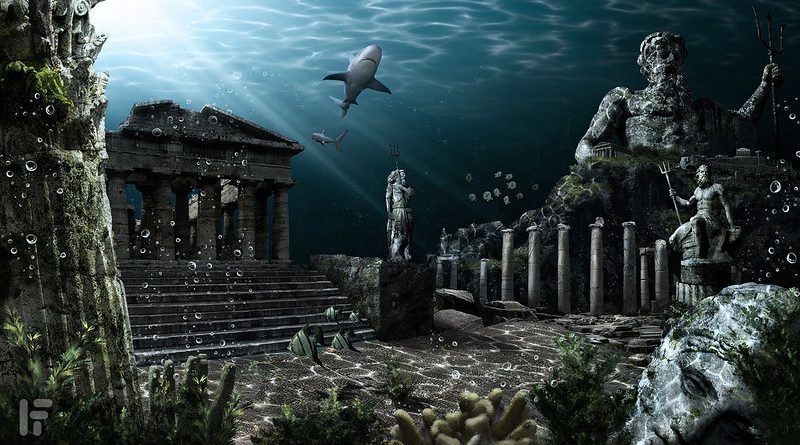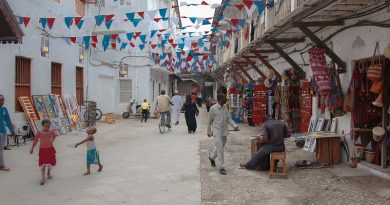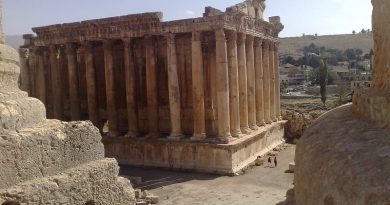The Lost City of Atlantis: Lake Titicaca
Nature Facts
Where: Border of south central Bolivia and south east Peru
History: Centre of the Inca people and the perceived site of the lost city of Atlantis
Go There For: Waters of mirror clarity reflecting ice capped mountains & blue skies
Where It’s At
Lake Titicaca is the largest land-locked lake in the world and the highest in terms of the navigability for large vessels. It lies at 12,500 feet above sea level and sits across the border of Peru and Bolivia and at such an immense size and sheer beauty it is a sight of awe and wonder. Her waters are a mirror of razor sharp clarity, reflecting its deep blued depths, snow-capped mountains and a vast azure sky that demands your respect.
Myth and History
Lake Titicaca is at the centre of one of the most ancient world civilisations, that of the Incas. Incan mythology tells of the birth of the first Incan man and woman on the Isla del Sol, and blesses the lake as the focal point for all worship to Pachamama, or Mother Nature.
At dusk the intense, calm beauty of the lake tells the story of years of the Inca worship which still pervades the area today. The mysticism and spirituality of the area can be seen in the countless ruins and traditional communities that occupy the shores and islands, taking you back to the 14th century. Particularly, there are the remains of the City of Tiahuanaca which lies 15 miles north east of the lake. It has been called the cradle of civilisation, as the city was thought to be built more than 15,000 years before any civilisation was supposed to exist!
To date, worship of the lake is still active: supposedly, it can ensure good weather, safety on her waters, and successful fishing. Disciplines other than the Incan also embrace the lake as a focus for speculation on such ancient theories as the unknown location of the mythical city of Atlantis.
Things to See and Do
There are many islands on the lake: the most sacred is the Isla Del Sol which is the key to Lake Titicaca’s spiritual significance. The island is situated at the southern end of the lake and easily accessible by boat from Copacabana. The island is celebrated primarily as the birth place of the sun itself, and also the birth of the first Inca man and woman who created the great Incan Empire. For this reason, this small island is the most sacred site of the Andes; worship is still continued at the Temple of the Sun, which is reached via a steep stone staircase. If you are not used to the altitude it is wise to take these stairs slowly.The sun, primary God to the Incas, was worshipped with such ardour that there is evidence that human sacrifices were made to the sun – on the stone table on which you might find yourself tucking into your lunch. It is interesting and worthwhile whilst in Copacabana, to visit the island in order to understand Incan history more fully. There is now a small restaurant and there are a couple of routes varying in difficulty that make interesting walks.
The ‘floating islands‘ are also interesting, as the Uros who live there still adhere to some important traditions, the most unusual being the use of the natural reeds that grow in the lake. The foundations of these islands are constructed from reeds which are also used for boats and even houses. You can take a boat from the lake shore to the islands and once there, it is customary to buy the reed handicrafts that the women on the island have made; this enables them to maintain their way of life. It is important to remember that this is someone’s way of life, not a showcase!
However, a caution to those intrepid explorers: legend has it that if you fall into the immense depths of the lake you are, in fact, offering yourself as a sacrifice to Pachamama, and – perhaps – no one will dare help you out again.
By Georgia Levison




